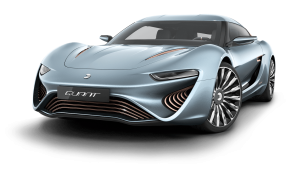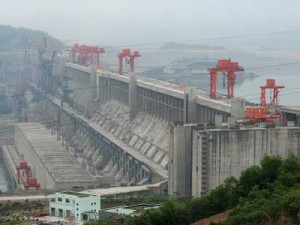My fellow classmate Yuwei Yan recently wrote a blog post titled “Why [Is] [the] IPhone So Popular around the World?” in which she argues that Apple’s popularity is dependent upon its brand culture as well as its “incomparable insides”. I am a hundred percent in agreement with her statement that Apple has created a popular image around its products. It currently has the standing of a “conspicuous consumption good”; one that consumers buy simply because it is expensive and because the brand holds a certain amount of prestige. However, I am doubtful that the latest iPhone is “incomparable” in terms of specs. Upon comparing this hotshot of a phone with its greatest competitor, the Samsung S5 on GSM Arena, the iPhone 6 pales in comparison. The S5 has a quad-core, 2.5 GHz CPU while the iPhone 6 only has a dual core, 1.4 GHz. The S5 has a longer battery life, a finer camera, greater internal storage space, and a memory card slot. Yet despite the clear advantages the S5 has over the iPhone 6, Apple is still able to sell its phone for more.
Often times the high price misleads consumers, like Yuwei, into believing that the product is actually worth what it’s selling for. In her post, Yuwei states the iPhone has “incomparable insides” while comparing the iPhone 6 solely with its predecessor. Given the prestige and price that comes with the Apple brand, it probably never even occurred to her that there could be other phones on the market that are better in so many aspects. As a firm believer in the actual product rather than the brand name, I believe that it’s only a matter of time before Apple’s popular image becomes insufficient in hiding its inferior technology and other companies like Samsung and HTC begin to dominate the mobile phone market.


